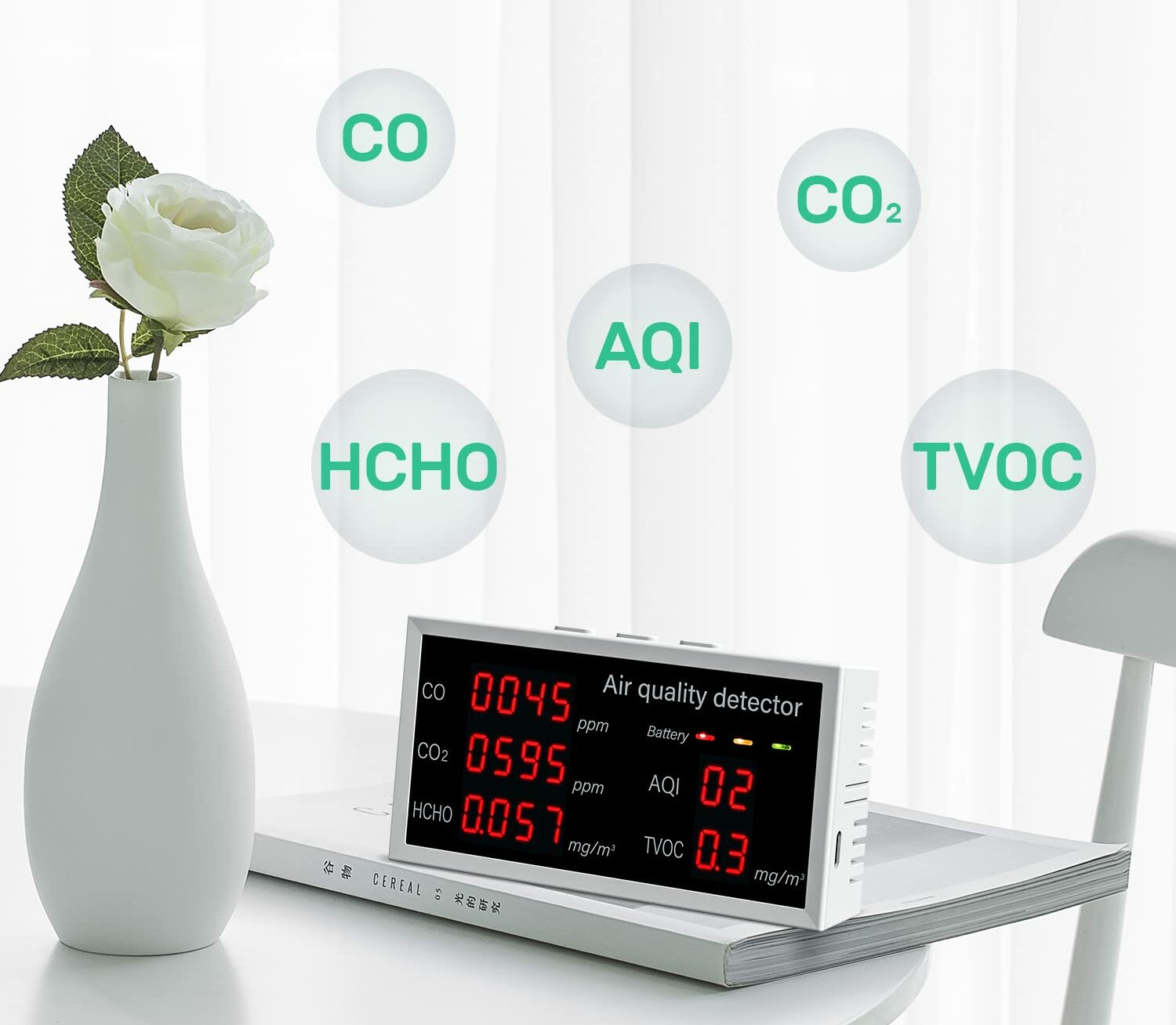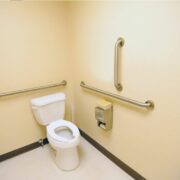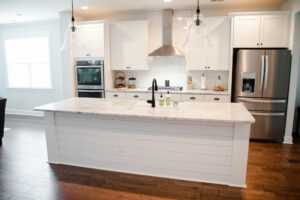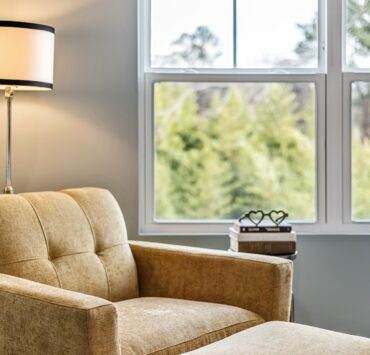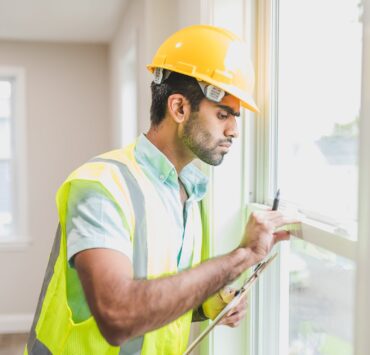If you’re planning to or are in the midst of a home renovation project, we strongly suggest you use this time to take measures to improve the air quality in your home. According to the EPA, Americans spend a whopping 90% of their time indoors, with indoor air pollutants being 2 to 5 times higher than typical outdoor air. As The World Economic Forum cited, pressed wood products, pesticides, secondhand smoke, stoves, heaters, fireplaces, and volatile organic compounds (VOCs) are just some pollutants that negatively impact indoor air quality. This article will go deeper into why indoor air quality matters and what you can do to improve issues with air pollutants.
Why Indoor Air Quality Matters
As touched on earlier, the average American spends 90% of their time indoors. For optimal health, homeowners should prioritize clean indoor air quality through proper ventilation systems. The problem with this is poor indoor air quality is often underestimated. While outdoor air pollution is commonly attributed to factors like vehicle emissions and industrial activities, indoor air pollution can result from a range of sources that we’re unaware of.
Indoor air pollution can occur when outdoor air is brought inside through open doors or windows, allowing pollutants like pollen and smoke to enter. Poorly sealed doors and windows can also allow polluted outdoor air to infiltrate indoor spaces.
Additionally, indoor air can be contaminated with allergens such as dust, pet dander, and mold. High humidity levels can exacerbate dust mite levels, further contributing to poor indoor air quality. Particles can also be released into the air from sources such as furnaces, wood-burning fires, candles, and cooking. Even newly installed flooring and furniture can release chemicals, VOC’s, that negatively impact indoor air quality. With that, many Americans are unwittingly subjecting themselves to poor air quality.
As you’ve likely realized, indoor air quality matters. Health issues such as brain fog, headaches, dizziness, allergies, and other respiratory issues can be linked to or exacerbated by breathing poor-quality indoor air. For the sake of your and your household’s health, make a healthy indoor environment a priority.
What’s The Purpose Of A Quality Ventilation System
To improve indoor air quality, it is essential to ensure that clean outdoor air is regularly replacing indoor air. This can be achieved through adequate ventilation and air circulation.
This is where a quality ventilation system comes in. If you don’t have one in place, a home renovation project is the perfect opportunity to remedy this issue. A quality ventilation system is essential in terms of maintaining healthy air quality within any home. Regardless of where you live and how much access you have to allow clean outdoor air to circulate in your home, every homeowner needs a proper ventilation system. Having one in place helps to maintain good indoor air quality and keeps the air in your home circulating and fresh. This, in turn, minimizes indoor pollutants from building up.
When doing home renovations, take time to assess your current ventilation system and see if it needs repair or upgrading. If you don’t have one at all, know it’s a necessary investment for your home and long-term health.
How To Improve Indoor Air Quality
Healthy indoor air quality isn’t totally dependent on your home’s ventilation system. There are other steps you can take that aren’t as difficult or expensive to improve and maintain clean indoor air.
Here are other steps you can take to improve your indoor air quality, many of which can be implemented during a home renovation.
1. Avoid or eliminate VOCs.
Many building materials emit VOCs. These are harmful chemicals and are the most commonly undetectable culprits to poor indoor air quality. Opt for low-VOC paints and building materials when going about home renovation. Doing so protects you from inhaling these VOCs during renovation and long after.
2. Clean your air ducts
Air ducts inevitably get clogged with dust and other pollutants. Over time, the build up actually ends up recirculating more pollutants throughout your home. You also increase your energy usage with clogged air ducts and they are less effective. Make cleaning your air ducts a priority to ensure that the air getting recirculated in your home is clean.
3. Make use of windows
If you live in an area with clean outdoor air, make it a habit to keep your windows open. Allowing fresh outdoor air to flow freely in and out of your home is one of the easiest ways to keep your indoor air from going stale. Opening your windows also prevents pollutants and contaminants from building up to an unsafe level.
4. Incorporate plants
Plants are a beautiful and natural option to reduce indoor air contaminants. Like trees keep the air clean, indoor plants absorb pollutants in your home. Decorate your home with indoor plants that thrive in your particular climate as much or as little as you like. While indoor plants aren’t a replacement for a quality ventilation system, they certainly contribute to improved indoor air quality,
Worthwhile Investments For Improved Air Quality When Renovating Your Home
When renovating your home, consider investing in the following appliances complementing your ventilation system.
-
Air Purifier
-
Humidifier
-
Dehumidifier
Each appliance serves a specific purpose. Depending on how dry, wet and polluted an area you live in, these appliances can help offset any issues. For instance, if you live in a wet climate, a dehumidifier is an excellent investment as it will help keep the air in your home dry. Doing so will prevent mold and mildew growth.
Testing For Radon
Radon gas is a naturally occurring radioactive gas that can seep into homes and buildings through cracks and gaps in the walls or foundation. Prolonged exposure to high levels of radon has been linked to an increased risk of lung cancer.
During home renovation, you should be testing for radon by hiring a professional from a radon testing company. Doing so will give you accurate results on radon levels in your home if any. This can steer you to proper action points for reducing radon in your home to a safe level. Sealing cracks and gaps is commonly done during a home renovation to improve your indoor air quality.
At the end of the day, indoor air quality matters. With the help of ventilation systems, take the necessary measures to ensure that you’re breathing clean and safe indoor air during home renovation projects and after. From something as simple as opening your windows to investing in a quality ventilation system, you can keep unwanted air pollutants in your home to a minimum.
